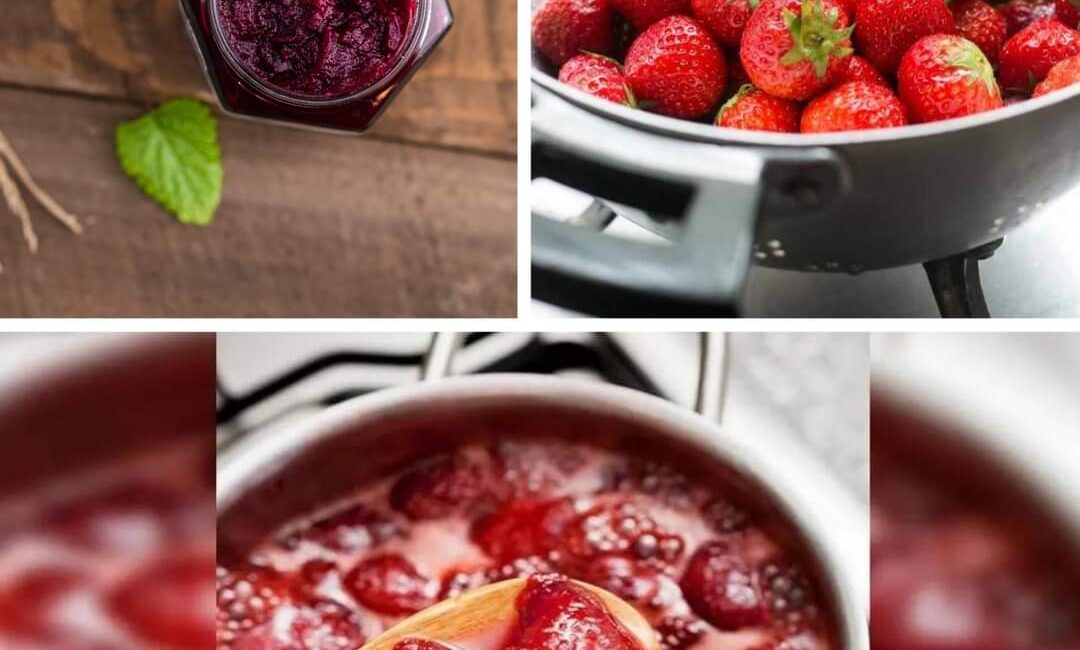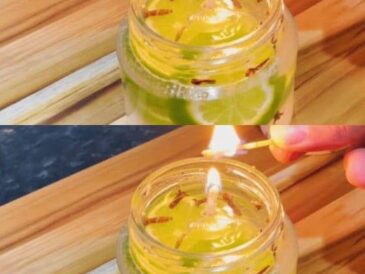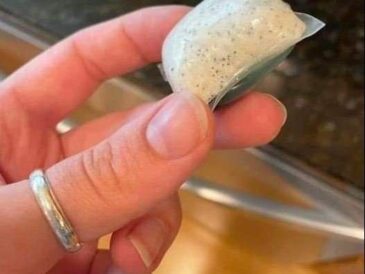The Right Amount of Sugar
To make jam, wash firm fruits such as strawberries in fresh water, while softer berries like raspberries and blackberries only need to be cleaned of debris (leaves, stems). Place the small fruits whole into a jam pan or a large pot, and cut larger fruits into pieces. Add sugar; you can use granulated or regular powdered sugar for similar results. Typically, the ratio is about 1 kg of sugar for 1 kg of fruit, but this can vary depending on the fruit and recipe. For instance, use 800 g of sugar for 1 kg of plums or rhubarb, and 1.3 kg of sugar for 1 kg of blackcurrants.
Essential Equipment
- A jam pan or a large pot (preferably copper for even heat distribution).
- A stainless steel pot.
- A kitchen scale and measuring cup.
- A slotted spoon for removing impurities.
- A sterilization thermometer.
- A sieve for removing seeds.
- A wide-mouthed funnel for filling jars.
- A wooden spoon for stirring.
- A small ladle for transferring to jars.
- Jelly bags for filtering.
- Clean cloths and a large apron.
Cooking Methods
- Stovetop: Pour the fruit and sugar into a jam pan or pot. Bring to a boil and cook over high heat for 15 to 40 minutes, stirring frequently to prevent sticking. As the jam thickens, you can reduce the heat.
- Microwave: Ideal for small batches (e.g., 500 g of fruit with 400 g of sugar). First, macerate the fruit with sugar overnight. Cover and microwave on high for 5 minutes, then uncover and cook for another 5 minutes, checking for doneness.
Testing the Jam
To check if your jam is ready, take a small amount with a wooden spoon and tilt it over a plate. If it falls in large drops rather than a stream, it’s done. Alternatively, place a teaspoon of jam on a chilled plate and let it cool slightly. Push it with your finger; if it wrinkles, it’s ready to stop cooking. Pour the hot jam into jars, leaving 1 cm from the top. Seal the jars and turn them upside down to create a vacuum and sterilize the lids.
Sterilization Tips
Clean your jam pan or pot thoroughly with hot water before use. Sterilize jars before filling them to ensure perfect hygiene. Boil the jars and lids in a pressure cooker or large pot, making sure to include rubber seals. Dry them on a clean, ironed cloth. The temperature should reach at least 100°C. Alternatively, use an electric sterilizer.
Gelée as an Alternative
Unlike jam, which uses the whole fruit, gelée is made from fruit juice. Extract the juice either cold by pressing fruit through a sieve, or hot by cooking the fruit and letting the pulp drain through a jelly bag overnight. Once the juice is collected, cook it with sugar over low heat until it forms a gelée.
With these tips and techniques, you can create delicious homemade jams and gelées to enjoy and share all year round.




